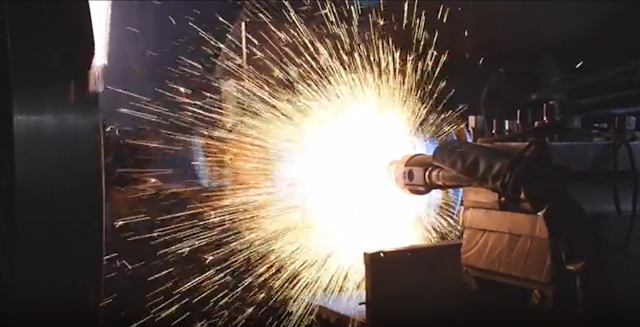Ecommerce:
Painting and Coating:
Courses Guide and References :
Recent posts
View allCathodic Protection: Safeguarding Metal Structures
Cathodic Protection: Safeguarding Metal Structures Did you know the United States spends over $276 billion a year on corrosion ? This...
iOS 18: TOP Features YOU HAVE TO KNOW! iOS 18's Coolest New Features: Unlock Hidden Apps, Customize Icons, and More!
Discover the latest iOS 18 features, from eye tracking and customizable app icons to enhanced control center options and hi...
Apple iPhone 16 Prices – Revolutionizing Power and Intelligence
Discover the all-new iPhone 16 Prices: Apple's most powerful smartphone yet, featuring the A18 Pro chip, advan...
Sheikh Hasina: Bangladeshi PM Resigns and Flees Country Amid Unprecedented Protests August 2024
Bangladesh Prime Minister Sheikh Hasina weeps while visiting a metro station in Mirpur, vandalised by students during the ant...
From Plasma Torches to Cold Jets: Understanding Types of Thermal Spray Coating
Explore the diverse methods of thermal spraying, from plasma spraying to cold spraying, and their applications across industries....
Essential Tools for External Painting: A Detailed Overview
Embarking on an external painting project? Ensuring you have the right tools is paramount. In this guide, we'll explore the ...
Village Medical and Healthcare Plans and Options: A Comprehensive Guide for Village Residents
In today's dynamic healthcare landscape, residents of rural villages face unique challenges when it comes to accessing medical services ...
Career Tips and Guides:
Oil & Gas Industry Insights:
Developments and Innovations:
Standards and Codes:
Popular Posts

BGAS CSWIP | Paint Inspection Equipment
Featured Post
 Technology
Technology
The CINI Manual: A Standard for Insulation Quality (Thermal Insulation Handbook)
CINI MANUAL (Thermal Insulation Handbook) The CINI Manual (Certified Insula…
Categories
Tags
Technology
Related Pages
Most Recent
Random Posts
Most Popular
Menu Footer Widget
Copyright © 2023 - The Quality Guide - All Rights Reserved










Social Plugin